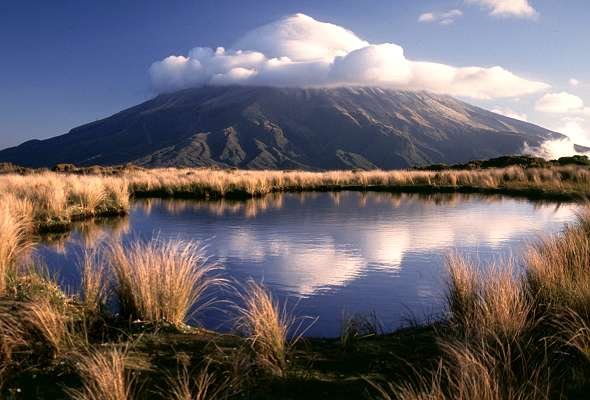The natural factors that affect population distribution in Monsoon Asia are soil fertility, relief and climate.
Soil fertility affects where people live in Monsoon Asia because people need fertile soil to be able to grow crops. For example, river plains are the most densely populated (over 100 people per sq km) in Monsoon Asia because they have excellent fertility. The Yangtze River delta is an area that has a population density of more than 100 people per sq km. Similarly, the Ganges river delta in India and Bangladesh is a good example of this, particularly in Bangladesh which is the world’s most densely populated country with 950 people per sq km. The flooding of the rivers in the Monsoon season allows the deposition of alluvium across the river/flood plains, making highly fertile soil and an excellent place to people to live in and grow crops.
Relief affects where people live in Monsoon Asia because people need to be accessible to other areas and need to easily build and develop land. For example, lowlands are the most densely populated regions and the mountainous areas are the least populated areas. The Kanto plains of Japan are where the cities Tokyo and Yokohama are built because of its flat land. Tokyo is the most populated city in the world with 27 million people in it. In contrast to this however, the island of Java in Indonesia is one of the most populated regions and yet is mountainous in its nature. People usually populate areas that are easy to build and modify. In Indonesia, people have adapted their way of living by carving terraces into the hillsides to make farming possible.
Climate affects where people live in Monsoon Asia because the people of Monsoon Asia rely on the monsoon rains to grow their crops. For example areas with low rainfall (<250mm/yr) are sparsely populated (<1 person per sq km). The Thar Desert in India and the Gobi Desert in China are both areas that receive less than 250mm of rainfall per year and have a low population density. Similarly the Himalayan ranges in Tibet and Bhutan have a low population density because of the low rainfall and also the freezing temperatures. People have populated areas with high rainfall and a warmer climate so they are able to grow crops and stay warm.
69% of Monsoons Asia’s population live in China and India because these two countries have the best combinations of the three natural factors. China and India both have an excellent amount of rainfall, excellent fertile soil in coastal and lowland areas.
Subscribe to:
Post Comments (Atom)




No comments:
Post a Comment